As the grazing season is upon us, it’s time to focus on coccidiosis, which continues to be a concern for many calf-rearing farms.
Given this ongoing problem, the Department of Agriculture, Food and the Marine’s Regional Veterinary Laboratories, Teagasc and UCD are carrying out research on coccidiosis in dairy calves.
The research will find out what dairy farmers are currently doing to control, prevent and treat coccidiosis and how advice to farmers can target gaps in knowledge.
Farmers can participate in the study by clicking on the link at the bottom of the article. This survey will take approximately three minutes to complete and is entirely anonymous.
Coccidiosis
Coccidiosis mainly causes clinical disease in calves from the third week of life onwards.
Take the cocci survey here.
The coccidia parasites start by damaging the intestinal wall, which can lead to diarrhoea (scours), dysentery (bloody diarrhoea), dehydration, tenesmus (straining), loss of condition and possible death.
Coccidia are excreted in the dung and are ingested by a susceptible calf in dung-contaminated bedding, feed or water.
Infective coccidia oocysts are highly resistant to environmental conditions, both in housing and on pasture, so premises and fields can remain contaminated for a year or more.
Stressors, such as weaning, turnout, change of diet or poor weather may precipitate outbreaks of disease.
Detection
It is important to remember that a lot of the damage and clinical signs can be seen in calves before coccidia oocysts appear in the faeces.
Therefore, sampling of a number of calves in the affected group is important, including comrades that have not yet developed clinical disease, as this might help the detection of coccidial oocysts and help in diagnosing the cause of the clinical signs seen.
As the grazing season is upon us, it’s time to focus on coccidiosis, which continues to be a concern for many calf-rearing farms.
Given this ongoing problem, the Department of Agriculture, Food and the Marine’s Regional Veterinary Laboratories, Teagasc and UCD are carrying out research on coccidiosis in dairy calves.
The research will find out what dairy farmers are currently doing to control, prevent and treat coccidiosis and how advice to farmers can target gaps in knowledge.
Farmers can participate in the study by clicking on the link at the bottom of the article. This survey will take approximately three minutes to complete and is entirely anonymous.
Coccidiosis
Coccidiosis mainly causes clinical disease in calves from the third week of life onwards.
Take the cocci survey here.
The coccidia parasites start by damaging the intestinal wall, which can lead to diarrhoea (scours), dysentery (bloody diarrhoea), dehydration, tenesmus (straining), loss of condition and possible death.
Coccidia are excreted in the dung and are ingested by a susceptible calf in dung-contaminated bedding, feed or water.
Infective coccidia oocysts are highly resistant to environmental conditions, both in housing and on pasture, so premises and fields can remain contaminated for a year or more.
Stressors, such as weaning, turnout, change of diet or poor weather may precipitate outbreaks of disease.
Detection
It is important to remember that a lot of the damage and clinical signs can be seen in calves before coccidia oocysts appear in the faeces.
Therefore, sampling of a number of calves in the affected group is important, including comrades that have not yet developed clinical disease, as this might help the detection of coccidial oocysts and help in diagnosing the cause of the clinical signs seen.




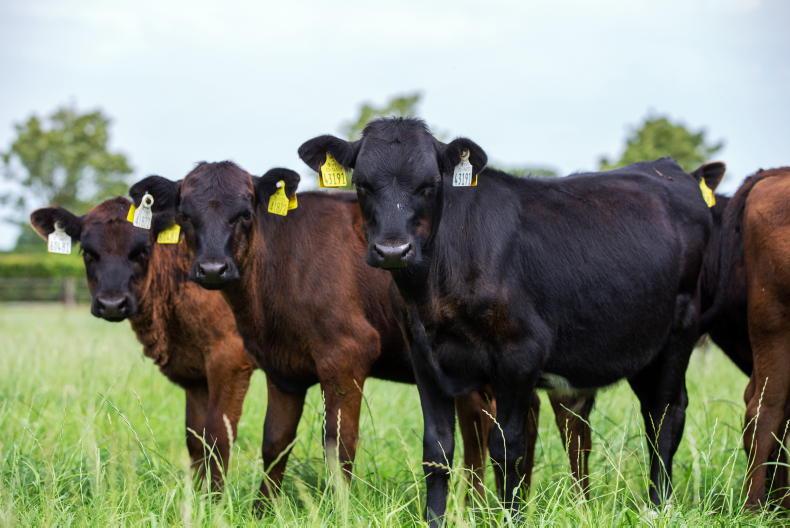
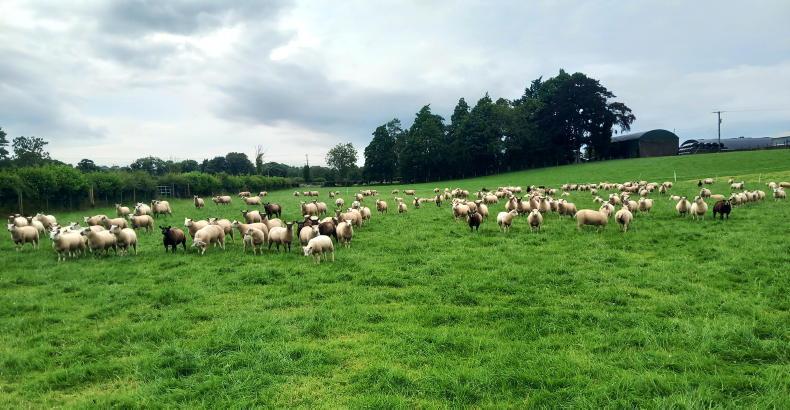
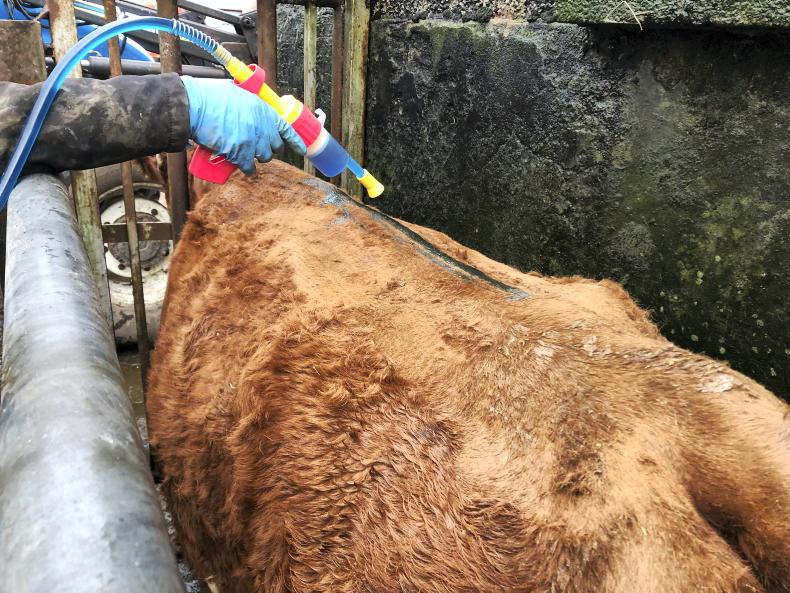
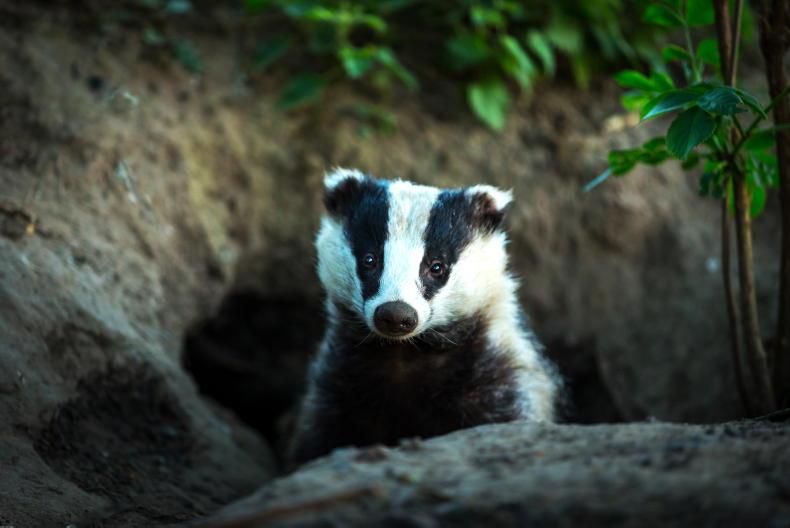
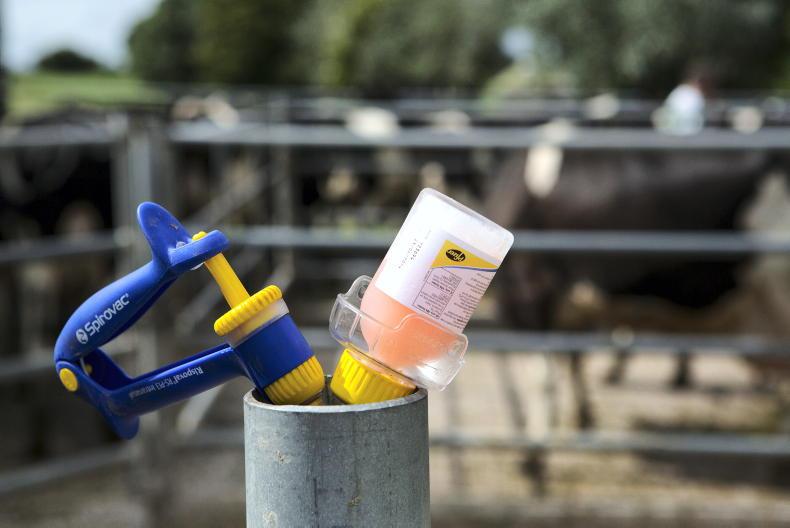
SHARING OPTIONS